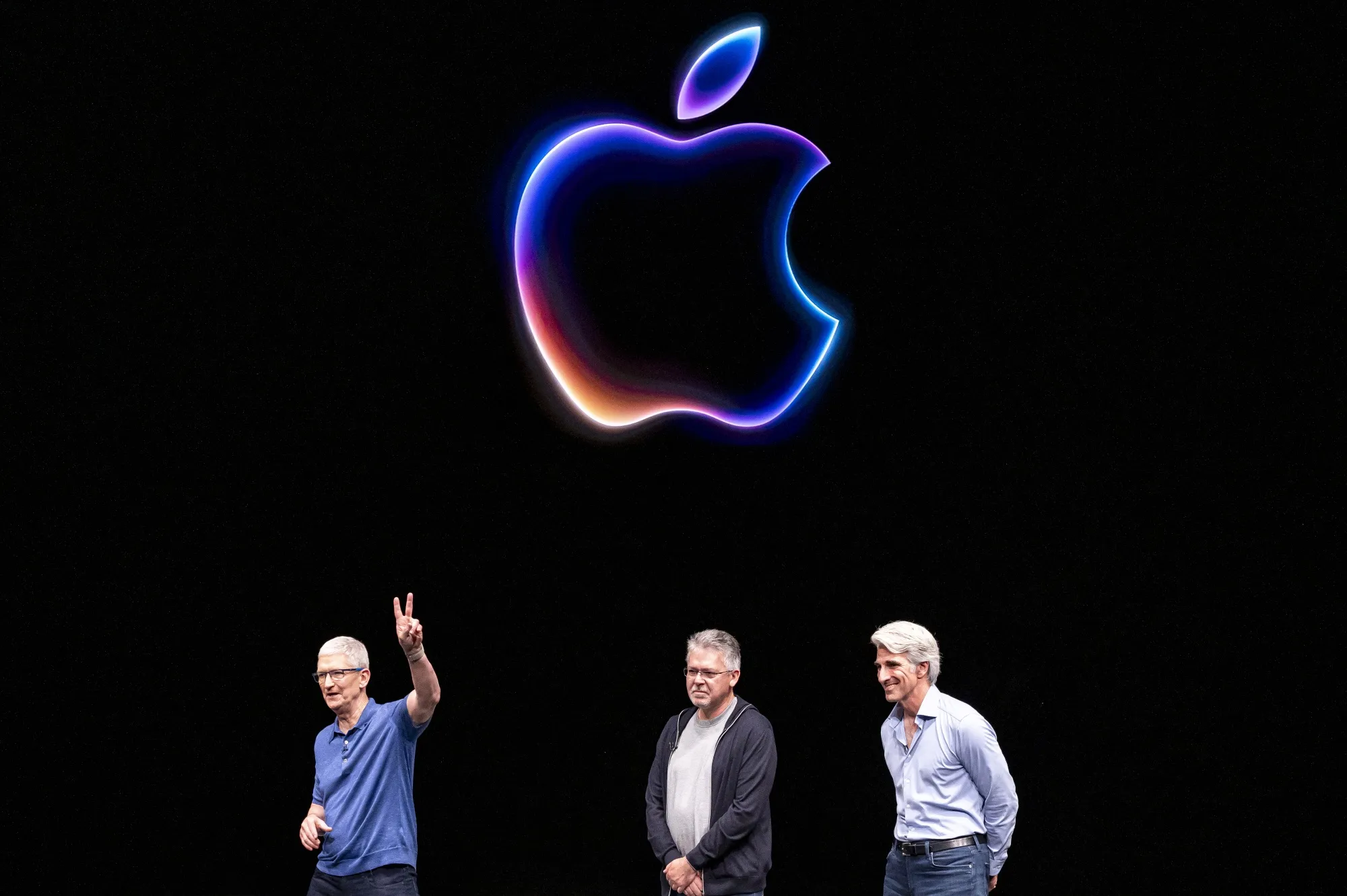Apple is an innovative brand with its own distinctive logo and products. But how did it first get its start and shape its brand identity?
Rob Janoff created the Apple logo as an iconic and easily recognizable symbol; hence the bite which clearly distinguishes it as an apple, rather than cherry.
Founders Steve Jobs and Steve Wozniak
Wozniak, an electronics specialist known for his long distance calls, and Jobs, who was more inclined towards business and marketing matters, joined forces as co-founders of Apple in 1976. Their first computer was constructed in the garage of Jobs’ family home in Los Altos. The initial partnership stemmed from their shared love of electronics as well as long-distance phone hacking (Wozniak read about hacking the telephone system to make free long distance calls); when Wozniak read about how hackers were using hacks against phone systems to make calls; when Wozniak read about hacking telephone systems to make free long distance calls (Wozniak designed a circuit capable of doing just this) which he offered for sale to Stanford students; later the two established the company known as Apple Computer; sales of Apple I were robust.
After the success of Apple I, Wozniak designed and constructed the more advanced Apple II computer which was marketed as easy to use with color graphics capabilities – marking a shift away from electronic device manufacturing and toward personal computing as the core focus. This device became widely popular and soon thereafter revolutionized many industries including finance.
In 1977, Apple II was released and quickly became an instantaneous success. Unlike its competitors, the Apple II allowed users to program their own applications using BASIC (written internally). As a result, it helped drive growth in the personal computer industry while propelling Apple to become one of its pioneers.
By the time Steve Jobs returned to Apple in 1997, he had completely revised its product lines and demonstrated his dedication to innovation with the release of iMac computers – signalling an age of consumer digital technology.
Apple quickly expanded their product line after the iMac’s success by unveiling innovative digital products such as iPod, iTunes and their Macintosh line of personal computers. Though mobile devices such as iPhone and iPad dominate Apple’s current product offerings, they continue producing desktop computers from Mini all the way up to Pro models.
The Apple I
Apple was established at a time when computers were expensive and difficult to use, aiming to make computing more user-friendly; its founders found inspiration for its name from biblical tale of Eve eating an apple from forbidden tree; they included “i” as part of their logo to signify user friendliness.
The Apple I computer was sold at an extremely reasonable cost of $1,298, much lower than major competitors such as TRS-80 and Commodore PET models. Its custom-molded plastic case marked an alternative to steel-encased computers on the market. Apple introduced its successor model, Apple II in April 1977; featuring color graphics capabilities as well as television plug-in capabilities; as well as software such as VisiCalc spreadsheet and calculation software. It became immensely popular and its success led the company to extend their reach further by creating both Europlus and J-Plus models in 1979.
Janoff’s original Apple logo featured a two-dimensional apple, colored with rainbow stripes to highlight its color graphics capabilities. To ensure its realistic look, Janoff cut many apples in half before using these references as sources to craft his iconic emblematic mark.
Apple rapidly expanded their presence in the consumer marketplace and became one of the world’s most valuable companies over time. Their design philosophy gradually evolved toward one focused around user interfaces – giving rise to Macintosh computers in 1984 as well as subsequent products such as iPod and iPhones.
Early Apple years and founding helped shape its iconic brand identity that would endure throughout its existence – something which remains true today. A recently discovered 1987 Identity Guidelines standards manual shows how this legacy continues. A newly found 1987 Identity Guidelines standards manual also illustrates this feat, showing how Apple logo, corporate signage, product packaging remained structurally unchanged until opening of Apple Park in 2017. That is an amazing achievement when compared with other tech giants who have abandoned past identities with wholesale redesigns of logos or product packaging designs.


